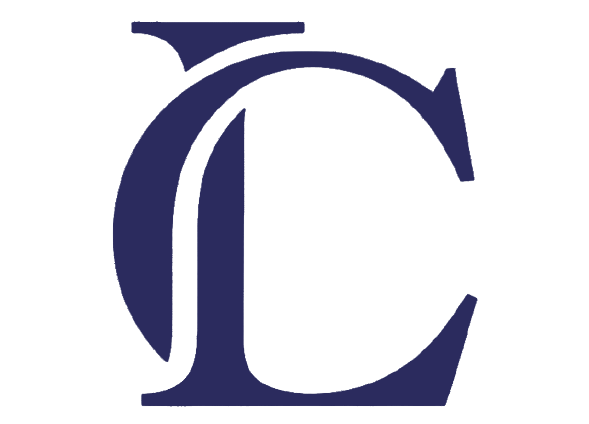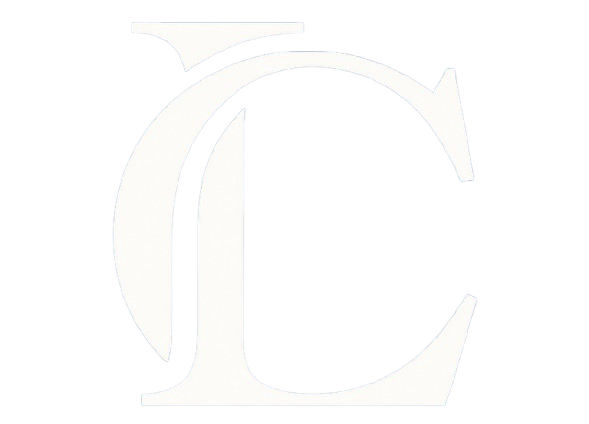Market Insights & Trends

Current Lending Market Landscape
The Indian lending market is witnessing transformative changes in Q3 2024, with digital lending growing at 38% YoY. RBI's latest policies have maintained repo rates at 6.5%, keeping home loan rates stable between 8.4%-9.2%. Personal loan disbursements surged 23% last quarter, reflecting rising consumer demand. NBFCs now capture 34% market share in small-ticket loans (< ₹5 lakh), while banks dominate larger ticket sizes. Emerging trends include 'green loans' for sustainable projects (growing at 52% annually) and customized EMI holidays during festivals. The average credit score for approved loans has increased to 763, indicating tighter lending standards.
Emerging Financial Technologies
AI-driven credit scoring now considers 1,500+ alternative data points beyond traditional CIBIL, including utility payments and social commerce behavior. Account Aggregator framework adoption has crossed 2 million users, enabling seamless financial data sharing. 78% of new loans originate through mobile apps, with UPI-based disbursements reducing processing time to under 4 hours. Blockchain-based smart contracts are eliminating physical documentation for loans up to ₹25 lakh. Predictive analytics now allows 67% of lenders to offer pre-approved loans with dynamic pricing. However, cybersecurity concerns persist as digital loan fraud cases increased by 19% last year.
- Rural Growth: 41% increase in agricultural equipment financing
- BNPL Surge: 89% YoY growth in pay-later schemes
- Gold Loans Decline: 7% reduction due to price volatility
- Co-Lending: 53% more banks partnering with fintechs

Regulatory changes are reshaping the sector, with RBI mandating stricter KYC for loans above ₹50,000 and capping prepayment charges. The upcoming Digital Personal Data Protection Act will impact customer onboarding processes. Industry analysts predict consolidation among smaller NBFCs as funding costs rise, while top-tier lenders are expanding into underserved Tier 3-5 markets. The MSME segment shows particular promise, with 61% of new lenders specializing in sub-₹20 lakh business loans. Borrowers should monitor these trends when planning their financing strategies.
Trending Questions
How will RBI's new regulations affect loan seekers?
The October 2024 guidelines will standardize loan terminology across lenders, mandate clearer communication of annualized rates, and require 3-day cooling periods for high-value loans. While this may slightly increase processing times, borrowers will benefit from enhanced transparency and easier comparison between lenders. Digital loans under ₹50,000 will face additional verification steps to curb predatory lending.
Are interest rates expected to rise in coming months?
Most economists predict stable rates until Q1 2025, with possible 25-50 basis point cuts if inflation remains below 5%. However, global factors like crude prices and US Fed decisions could change this outlook. Floating rate borrowers should prepare for potential increases by maintaining EMI buffers. Fixed-rate loans currently offer good value as lenders price in expected stability.
Which loan categories are seeing most demand?
Education loans (up 37%), electric vehicle financing (up 142%), and home renovation loans (up 29%) are currently leading growth. Wedding loans are rebounding with 18% growth post-pandemic. Surprisingly, medical loans have stabilized after COVID-era spikes. The ₹5-15 lakh personal loan segment remains most competitive among lenders.

